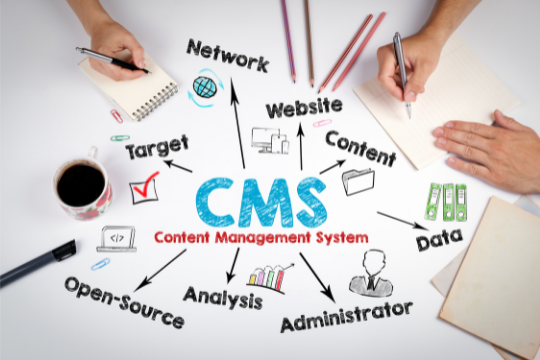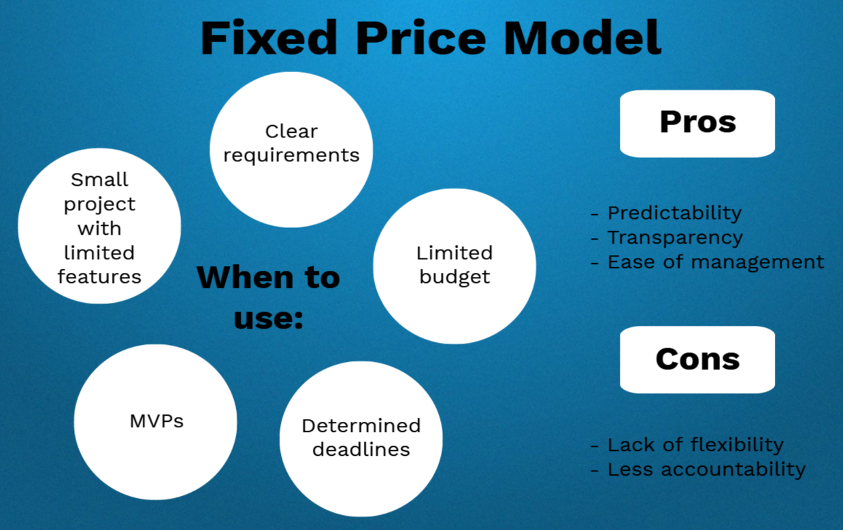 Everybody wants to profit from mobile computing since it is booming. Most people do not know how to develop an application that will make these ideas a reality. Mobile app development offers businesses an immediacy and convenience that helps them harness this fast-growing technology for new revenue streams.
Everybody wants to profit from mobile computing since it is booming. Most people do not know how to develop an application that will make these ideas a reality. Mobile app development offers businesses an immediacy and convenience that helps them harness this fast-growing technology for new revenue streams.
In a world where everything is online, mobile apps are playing an increasingly vital role, and it is no longer an option, but imperative. Here we examine tools and technologies commonly used to create apps and provide information about how to create an app.
What to Know Before Developing an App
You need to have a comprehensive understanding of your options before creating a mobile application for your company. There are two types of mobile applications: native applications and mobile web applications. Despite looking and feeling the same, both are different. Let’s look at each briefly:
Native Applications
Apps for tablets and smartphones can be native mobile applications. Each mobile platform has its own native applications that are built particularly for that platform. Native mobile apps work only on the platform for which they were designed, just like PC software doesn’t run on a Mac. Native apps must be built separately for each platform if you want them to run on all mobile platforms.
Web Applications
Mobile web applications are web applications that can be accessed through a smartphone or a tablet’s browser and are designed for use on mobile devices. Mobile web applications are not reliant on any specific device as they are accessed through a browser.
The Biggest Difference Between the Two Options:
Web applications are hosted centrally and accessed via web browsers whereas native applications are installed directly on each device. Neither option is without its drawbacks or benefits. It is up to your business to decide which one works best for them.
The Mobile App Development Process
It takes six key phases to build an effective app. Using this approach will ensure that your enterprise mobile app development initiative is a success—no matter how big or small your project is.
Strategy
Defining a successful application strategy is part of the mobile app development process. Consider including this in your enterprise mobility strategy in a more prominent role. Despite differences in app objectives, the mobility strategy has an impact on the development process that differs based on the app in question.
The following will be your tasks:
- Applicant identification
- Conduct a competitive analysis
- Determine the app’s objectives and goals
- Apps should be built for mobile platforms.
Analysis and Planning
The app idea takes shape and becomes an actual product at this point. A detailed functional requirement is captured in the form of use cases during analysis and planning.
Prepare a product roadmap after you have determined the needs for your app. This involves prioritizing the requirements for the mobile app and grouping them into delivery milestones. As a maximum viable product (MVP), define your timetable, resources, and budget before releasing it.
Your app development initiative requires you to identify the skills you need. Different development technology stacks are used for iOS and Android, for example.
Your mobile development team should include iOS developers as well as Android developers if your goal is to build an app for both iOS and Android.
UI / UX Design
Designing an app makes it so that the user can enjoy seamless and effortless experiences with a polished look. Mobile apps are successful when users are able to adopt all the features and benefit from them.
App UI/UX design should focus on making your app intuitive, interactive, and user-friendly by creating excellent user experiences. To keep app users engaged, polished UI designs are important, but intuitive user experiences are even more important.
App Development
A mobile app’s development process is not complete without planning. The steps you need to take before you can start developing your program are:
- Design an architecture that meets the requirements,
- Decide on which technology stack to use, and then
- Develop milestones for the project.
Testing
During the development process of mobile apps, quality assurance testing (QA) is essential in order to guarantee stability, usability, and security. Preparing test cases covering all aspects of app testing is the first step in ensuring comprehensive QA testing.
Test cases drive mobile app testing in a similar way to use cases when developing mobile apps. To perform test steps, record test results, and track the results of retests, test cases are used.
QA should be involved in all phases of the design and analysis phases. Knowing the objectives and requirements of your application will help you compose accurate test cases. To deliver a quality mobility solution, you should always test your app.
Deployment & Support
For iPhone apps, you must submit your app to the App Store, while for Android apps, it must go to Google Play. Prior to launching your mobile app, you will need an Apple App Store account and a Google Play Store account.
When an app is submitted to an application store, it needs metadata that includes:
- Title of your app
- Detailed description
- Categorization
- Identify the keywords
- Launch the icon
- App Store screenshots
Apple App Store apps are reviewed once they are submitted and this process may take a few days to several weeks based on the quality of your app and how closely it adheres to Apple’s iOS development guidelines. Apple will require a test user account for the release of an app that requires users to sign in.
Apps submitted to the app store for Android do not undergo any review process, and they become available within a few hours.
Track the key performance indicators (KPIs) for measuring the success of your app after it is available in the app store. Keep an eye out for crash reports and other issues reported by users.
App Development Cost
We hear the question “How much does it cost to make an app?” a lot. However, there are no definitive answers to this question.
According to GoodFirms, the average price for an app can range between 40,000 and $60,000, though there’s no fixed cost for app development.
Developing an app gets more expensive as it becomes more complicated. This can reach up to $70,000 for a medium-complexity app, and up to $90,000 for a high-complexity app, although there is no specific upper limit.
It is possible to streamline costs so that you do not exceed your budget with things if you have a great app development company to work with.
App Development Companies
Which are the best mobile app development companies on the market? You may be wondering if you should make a cross-platform app or one for iOS, Android, or Windows Mobile. The question is by no means trivial and you need to see a list of many options so that you can compare them and make a well-informed decision.
Many businesses are enticed by outsourcing options. Companies that seek to thrive and attract more clients are turning to outsourced mobile app development.
The need for nominally priced mobile app developers is particular to startups and emerging ventures in developed countries such as the US and the UK.
Sunvera Software develops next-level software applications from start-to-finish. Schedule a free 30-minute call with us to discuss your business, or you can give us a call at (949) 284-6300.
 Ever since Rotisserie League Baseball was developed, the fantasy sports app market has grown tremendously. Fantasy sports are played by more than 32 million Americans and Canadians aged 12 and older. Since 2003, Fantasy EPL has had growth by 40% year to year since its inception in Europe. The game itself has over 2 million players.
Ever since Rotisserie League Baseball was developed, the fantasy sports app market has grown tremendously. Fantasy sports are played by more than 32 million Americans and Canadians aged 12 and older. Since 2003, Fantasy EPL has had growth by 40% year to year since its inception in Europe. The game itself has over 2 million players. Website management may cause you to conjure up images of geeky programmers typing away at their computers. Yes, every single website is built on code.
Website management may cause you to conjure up images of geeky programmers typing away at their computers. Yes, every single website is built on code.  Custom CRM software helps a business in managing its many operations. Every company has its own number of processes that it follows on a routine basis. By automating certain tasks, a custom CRM streamlines company processes.
Custom CRM software helps a business in managing its many operations. Every company has its own number of processes that it follows on a routine basis. By automating certain tasks, a custom CRM streamlines company processes.
 Around the world, the Internet is one of the most widely used technologies. The web has served a major role in helping businesses provide their customers with electronic access to information and services.
Around the world, the Internet is one of the most widely used technologies. The web has served a major role in helping businesses provide their customers with electronic access to information and services.  It is unworthy for lawyers to spend hours like laborers for calculations, as it could be done in no time by using modern calculating machines. Artificial Intelligence (AI) allows attorneys to lower down the level of minor tasks and free time for them to focus on client interactions and complex analytical issues. AI enhances the ability of an attorney to serve their clients, enhance their law practices, and research. It is true that law practice indeed involves a lot of documentation and paperwork.
It is unworthy for lawyers to spend hours like laborers for calculations, as it could be done in no time by using modern calculating machines. Artificial Intelligence (AI) allows attorneys to lower down the level of minor tasks and free time for them to focus on client interactions and complex analytical issues. AI enhances the ability of an attorney to serve their clients, enhance their law practices, and research. It is true that law practice indeed involves a lot of documentation and paperwork.



